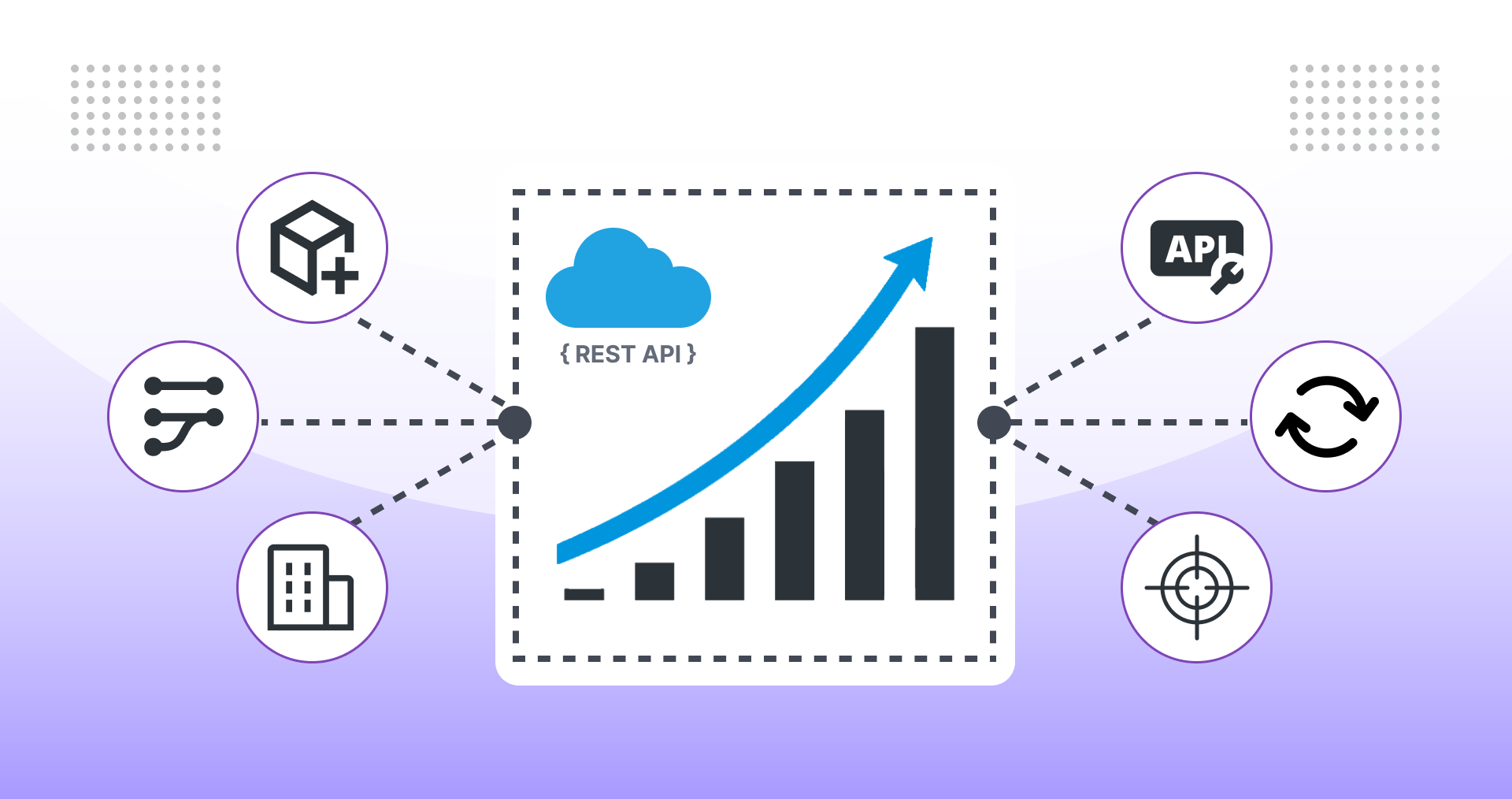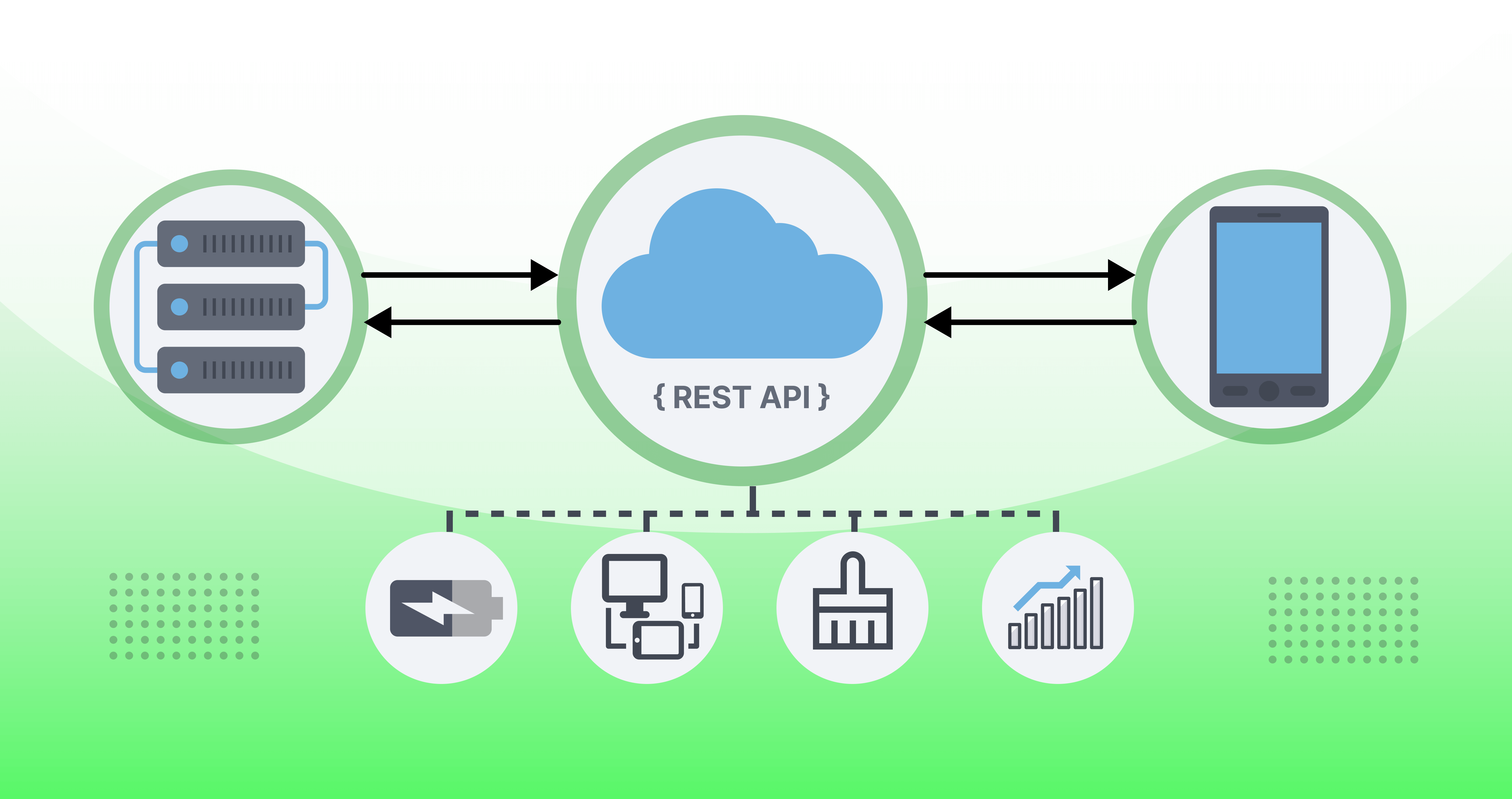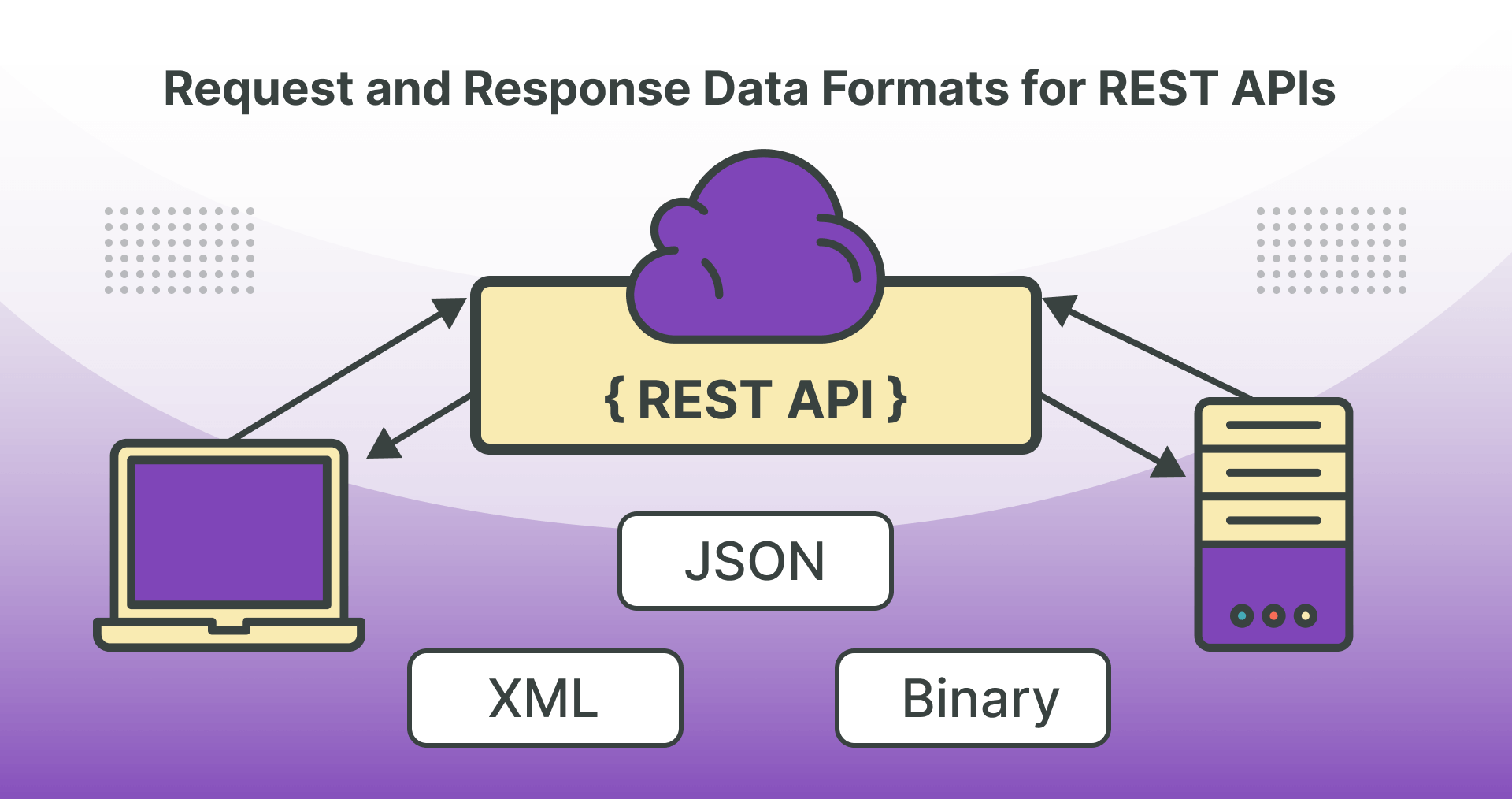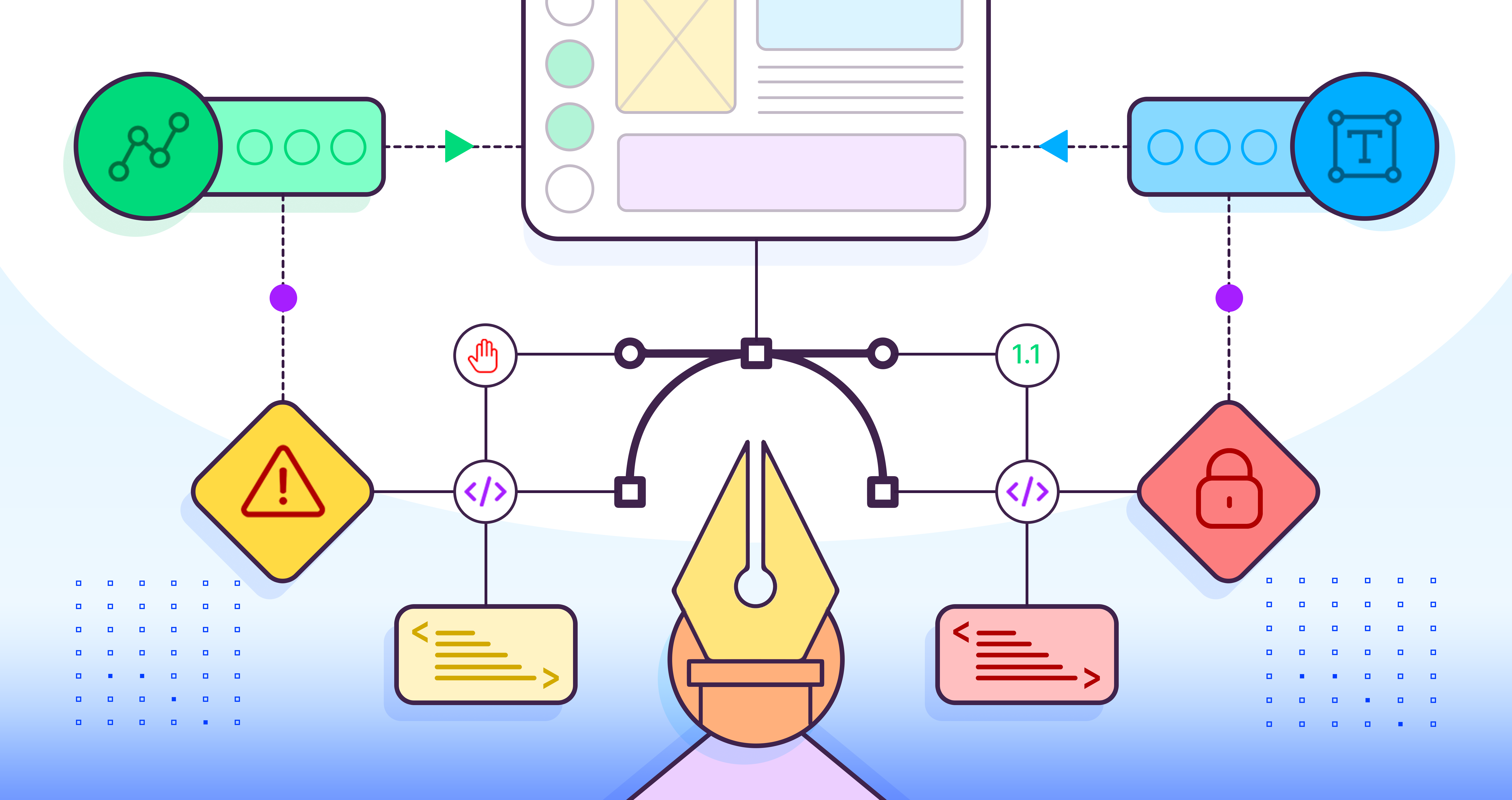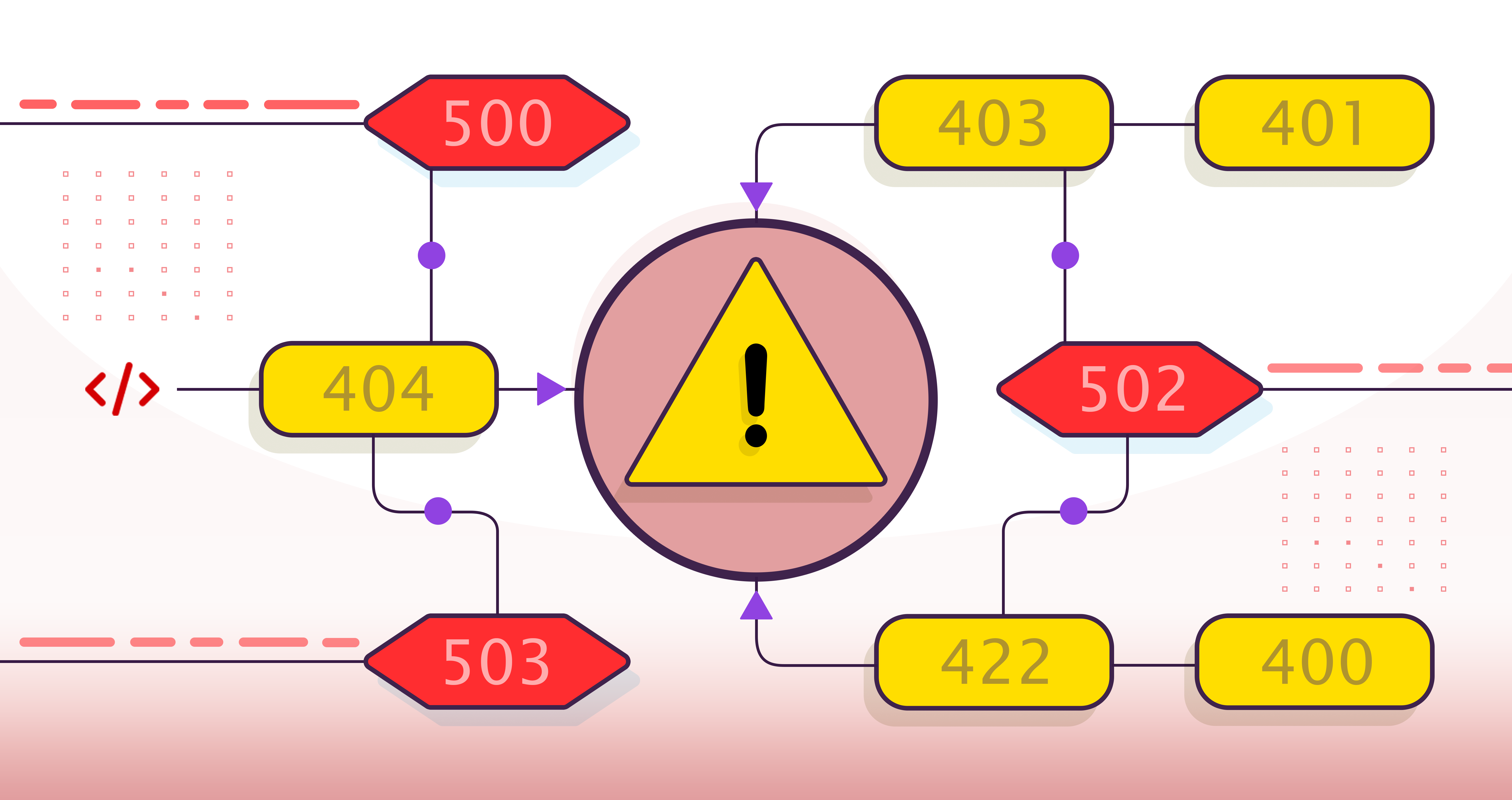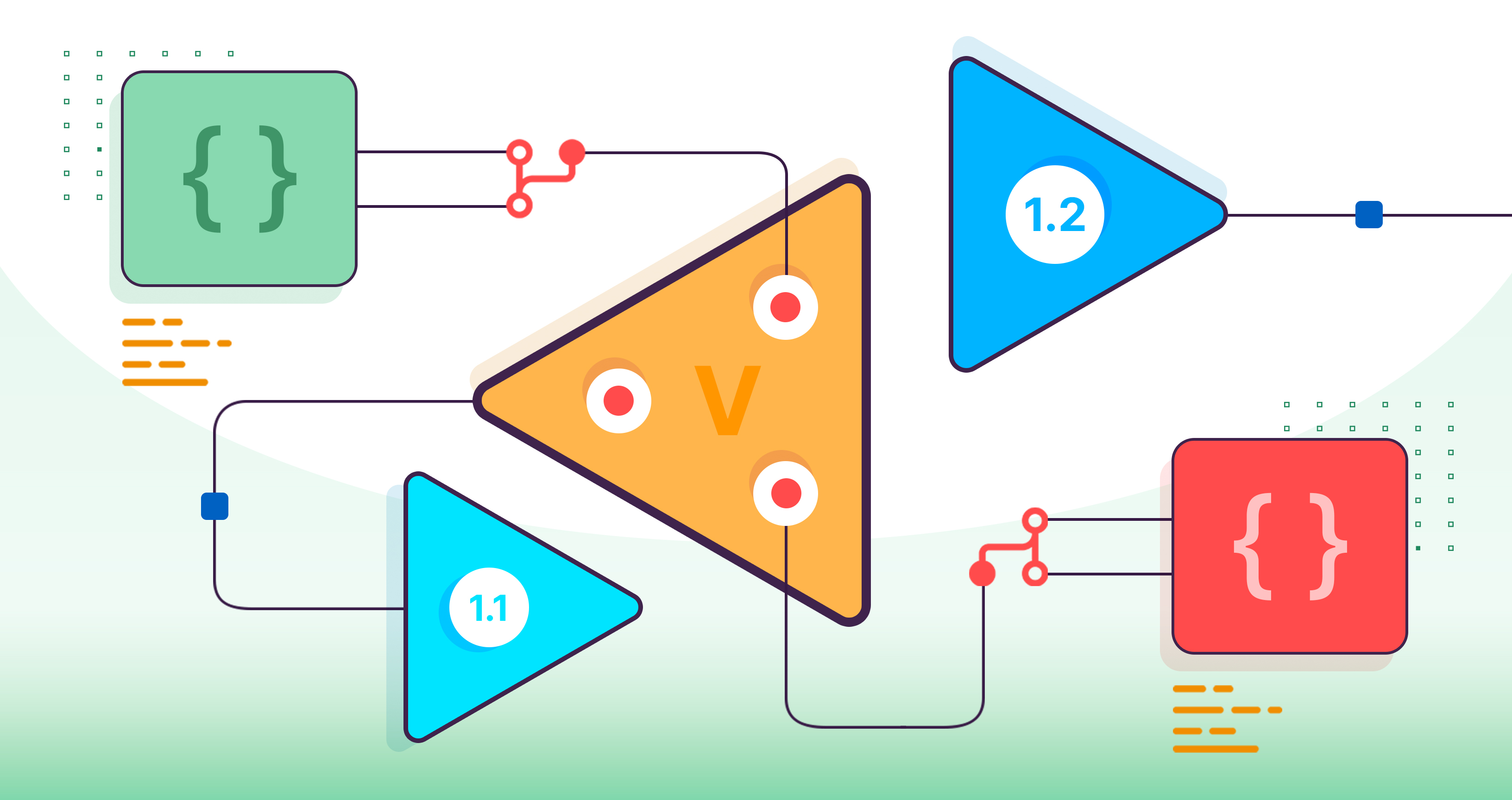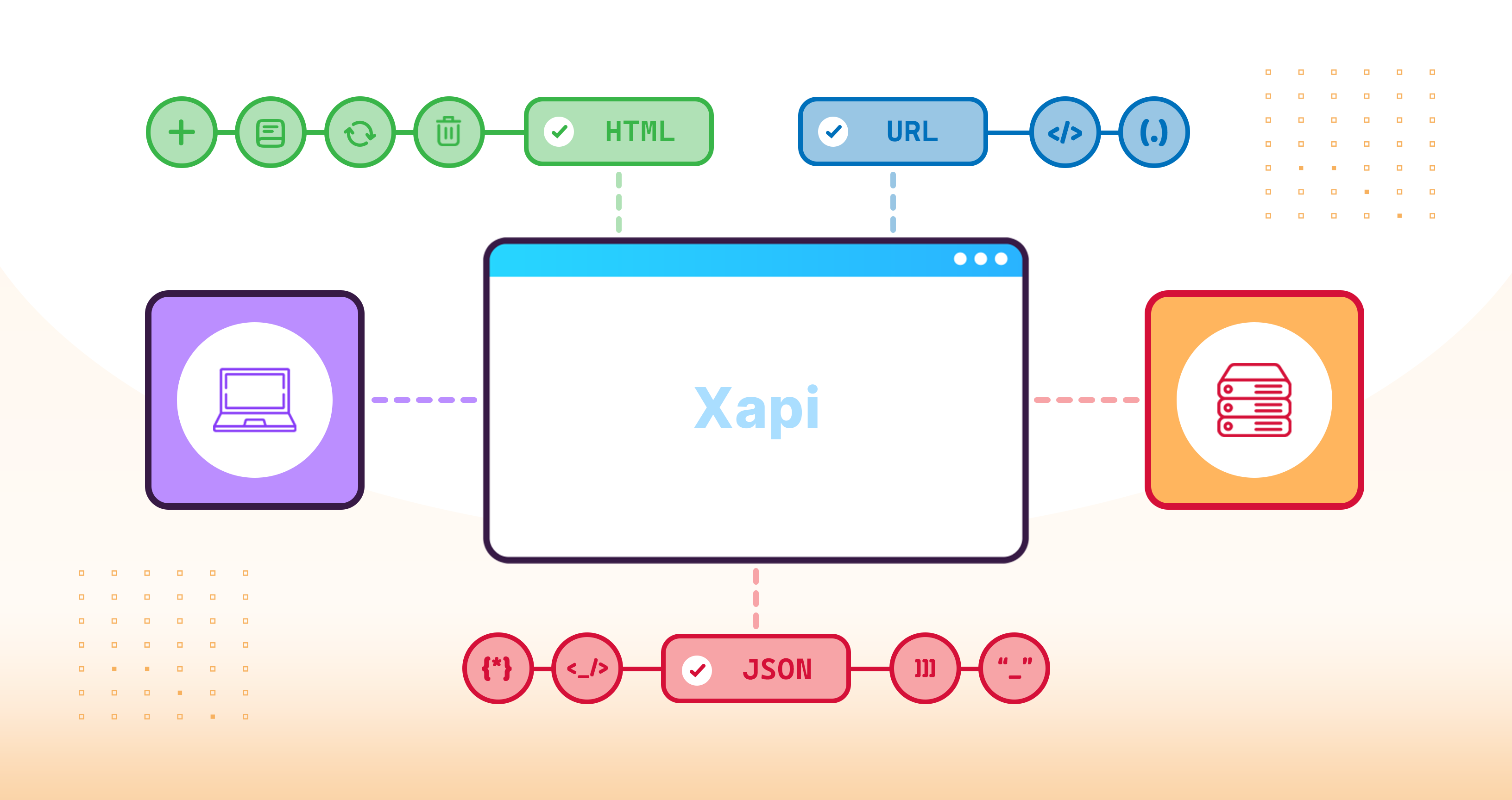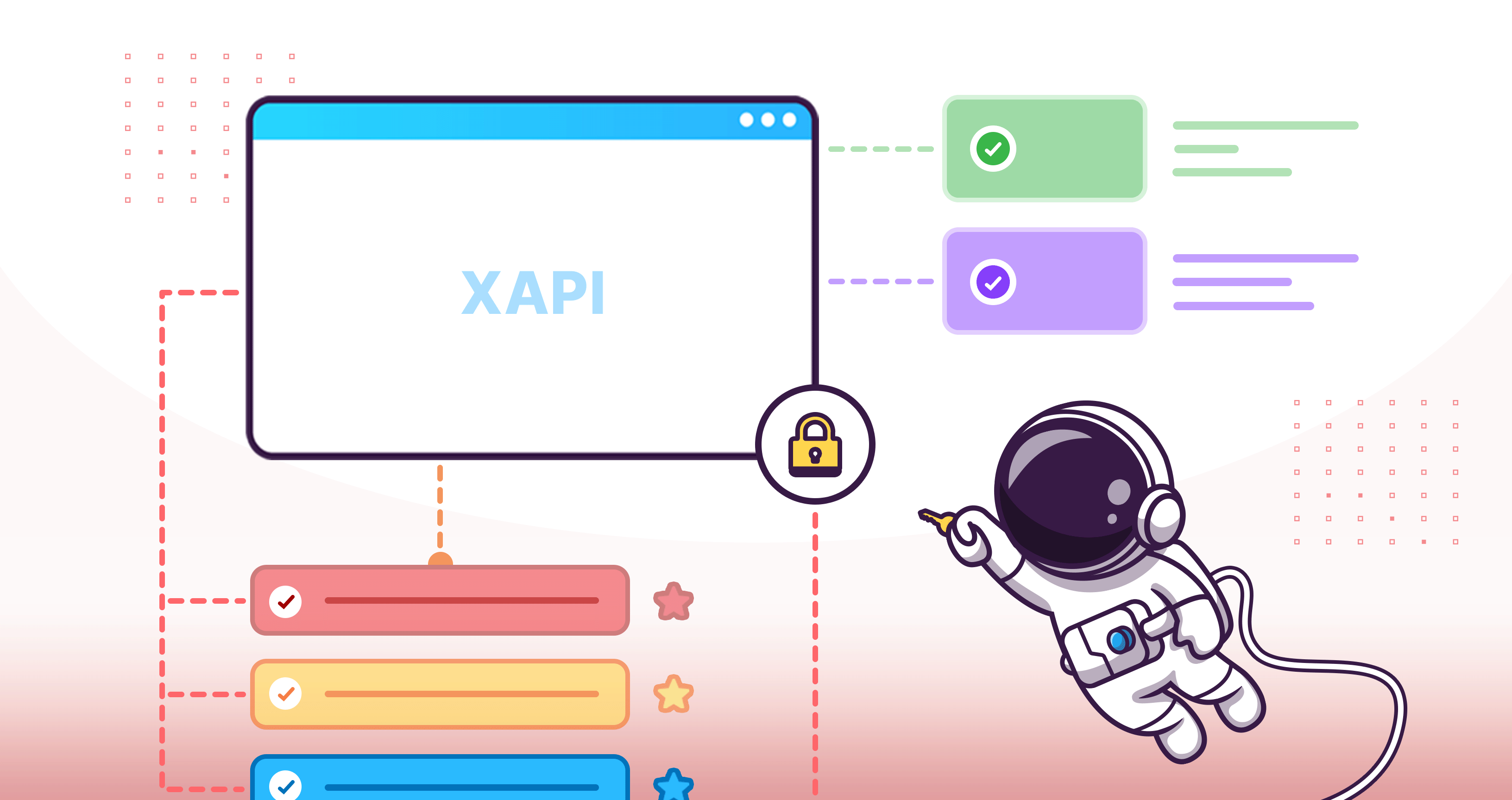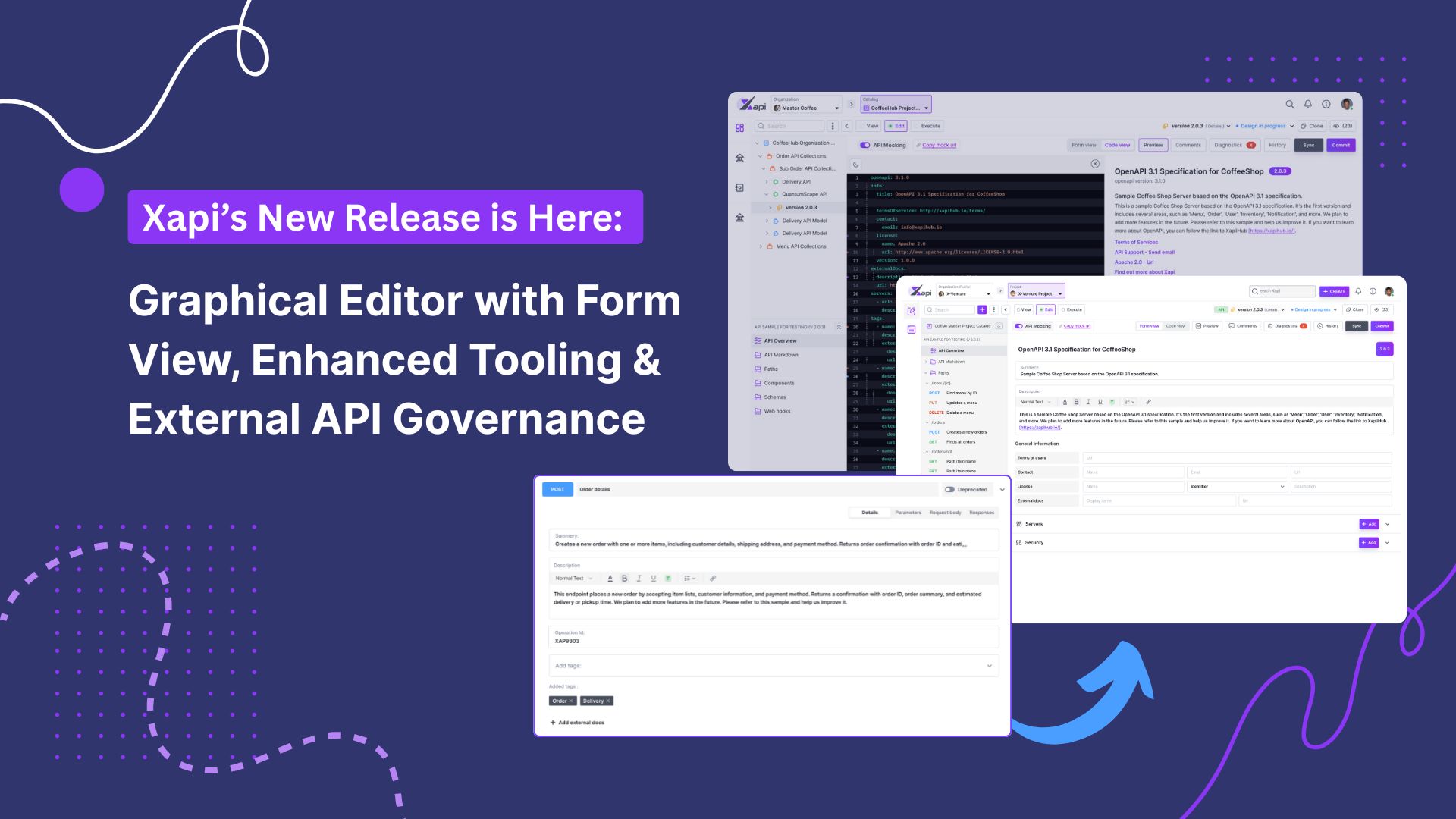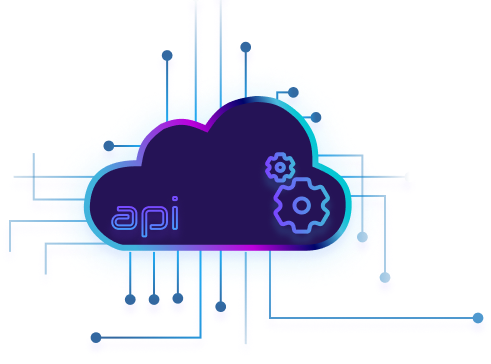API Versioning Approaches for Long-Term Stability

Sarmitha Krishnagobal
03 January,2024 •
10 mins read
In modern web applications, REST APIs have become fundamental building blocks for creating efficient, scalable, and maintainable systems. The benefits of using APIs are numerous, with reusability being one of the most significant advantages. Once an API is created, it can be utilized by multiple clients, including web applications, mobile apps, and even other APIs. However, as the system grows, working with APIs presents unique challenges, requiring careful planning.
Your application requirements change, bug fixes necessitate code adjustments, and APIs evolve. Managing these changes, especially when they involve APIs used in multiple applications, demands meticulous documentation of updates and alterations. This is where API versioning becomes crucial.
API versioning involves creating multiple API versions to support different clients and use cases, ensuring that changes to an API do not disrupt existing clients and providing a pathway for evolving the API over time. Let's explore some versioning approaches that contribute to long-term stability and compatibility.
-
URI Versioning
URI versioning, common in RESTful APIs, embeds version details in endpoint URIs, aiding long-term stability and backward compatibility in several ways.
-
Explicit Versioning:
It clearly indicates the API version in the endpoint, helping developers and automated systems understand the version in use.
-
Isolation of Changes:
Introduction to new version typically involves URI changes, preserving the old version’s URI structure for existing clients and ensuring backward compatibility.
-
Parallel Versions:
Allows multiple API versions to coexist simultaneously through distinct URIs, enabling incremental development without disruption.
-
Gradual Migration:
Clients can migrate to newer versions at their own pace by updating the URI they target, maintaining compatibility with older versions until ready to switch.
Example of URI Versioning:
Suppose you have an API for managing tasks, and you want to introduce versioning.
-
Version 1(v1):
End point for listing tasks: `/api/v1/tasks`
End point for creating a task: `/api/v1/tasks`
End point for retrieving a specific task: `/api/v1/tasks/{taskId}`
-
Version 2(v2):
End point for listing tasks: `/api/v2/tasks`
End point for creating a task: `/api/v2/tasks`
End point for retrieving a specific task: `/api/v2/tasks/{taskId}`
In this example, two versions of the API, v1 and v2, coexist with distinct URIs. Clients that are using v1 continue to interact with URIs starting with /api/v1, ensuring backward compatibility. New clients can use v2 URIs to access the latest version.
-
Header Versioning
Header versioning in RESTful APIs separates version information from the URI, enabling long-term stability and backward compatibility in the following ways:
-
Header Separation:
Version details are kept in the request header, preserving a constant URI structure and reducing the risk of breaking existing client integrations.
-
Smooth Transitions:
New versions are introduced without disrupting older ones. Clients specify the desired version in the request header, allowing gradual transitions.
-
Version Flexibility:
API providers support multiple versions concurrently by inspecting the request header, catering to different client needs.
-
Reduced Complexity:
Versioning in headers simplifies URI management, eliminating the need for distinct URI paths for each version, enhancing API cleanliness and maintainability.
Example of URI Versioning:
Consider an API for weather forecasts with header versioning.
-
Version 1(v1):
Clients specify the version in the request header: Api-Version: 1
Endpoint for getting the weather forecast: /api/weather
-
Version 2(v2):
Clients specify the version: Api-Version: 2
Endpoint remains constant: /api/weather
In this scenario, clients can continue using the same URI /api/weather, while indicating the desired version in the request header. Newer clients use Api-Version: 2 to access the latest version, ensuring backward compatibility for those using Api-Version: 1.
-
Media Type Versioning
Media Type versioning, also known as "Content Negotiation" or "Accept Header Versioning," involves specifying the API version in the Accept header of HTTP requests. This approach promotes long-term stability and backward compatibility in several ways:
-
Clean URIs:
Media Type versioning keeps URIs clean and constant, ensuring that existing client integrations remain undisturbed.
-
Dynamic Selection:
Clients request the desired API version via the Accept header, allowing them to dynamically select the appropriate version for their needs.
-
Parallel Versions:
Multiple API versions can exist concurrently, as clients can specify the version they require in the header.
-
Reduced Endpoint Proliferation:
API providers don't need to create distinct URIs for each version, simplifying management and enhancing maintainability.
Example of Media Type Versioning
-
Version 1(v1):
Clients specify the version in the request header: Accept: application/vnd.weather.v1+json
Endpoint for getting weather: /api/weather
-
Version 2(v2):
Clients specify the version: Accept: application/vnd.weather.v2+json
Endpoint remains constant: /api/weather
Clients can continue using the same URI while signaling the desired version via the Accept header. Newer clients use v2 in the header, ensuring backward compatibility for those using v1.
-
Versioning through URL Parameters
Versioning through URL Parameters, an approach in RESTful APIs, involves including version information as a parameter in the API endpoint's URL. This strategy aids in ensuring long-term stability and backward compatibility in several ways:
-
Endpoint Consistency:
API endpoints remain consistent, preventing disruptions to existing clients.
-
Client Control:
Clients can specify their desired API version by modifying the version parameter, providing flexibility.
-
Concurrent Versions:
Multiple API versions can coexist by altering the version parameter, allowing gradual transitions.
-
Reduced Endpoint Complexity:
There's no need to manage distinct URIs for each version, simplifying API maintenance.
Example of Versioning through URL Parameters
For a user profile API.
-
Version 1(v1):
Clients specify the version as a parameter: /api/user?version=v1
Endpoint for user profiles: /api/user
-
Version 2(v2):
Clients specify the version: /api/user?version=v2
Endpoint remains constant: /api/user
Clients continue using the same URI but modify the version parameter to access different versions. This approach ensures backward compatibility for older clients while accommodating newer ones.
-
Semantic Versioning
Semantic Versioning (SemVer) is a versioning scheme that contributes to long-term stability and backward compatibility by using a structured approach to version numbers. It consists of three parts: major, minor, and patch versions, typically formatted as MAJOR.MINOR.PATCH. Here's how it aids stability and coexistence:
-
Predictable Updates:
SemVer provides clear guidelines for version increments. Minor updates add features backward-compatible, while patch updates fix issues without breaking changes.
-
Compatibility:
Clients can specify the version they expect in their requests, e.g., Accept: application/vnd.myapi.v2+json . This enables multiple versions to coexist on the server.
-
Smooth Transitions:
API providers can gradually introduce new features or changes while supporting older versions, ensuring that existing clients are not disrupted.
Examples of Semantic Versioning
-
Version 1.0.0:
Initial API release.
-
Version 1.1.0:
Adds new features while maintaining backward compatibility.
-
Version 2.0.0:
Introduces breaking changes, but clients can continue using 1.x until they are ready to migrate
How these versioning approaches can help to ensure long-term stability and backward-compatibility:
-
These approaches allow API providers to introduce new features and changes without breaking existing clients. By using versioning, API providers can create new versions of API that include the new features, while still maintaining older versions of the API for existing clients.
-
They make it easier for developers to plan for and manage changes to API. By knowing which versions of the API are supported and how changes will be introduced, developers can plan for and manage changes to the API more effectively.
-
They help reduce the risk of disruption to businesses. By using versioning, businesses can choose to use a version of the API that is stable and meets their needs, even if the API is actively being developed.
Conclusion
API versioning has become increasingly vital as it empowers developers to uphold backward compatibility and long-term stability. By establishing multiple API versions, developers can enhance the API while ensuring existing clients can continue to use the previous version. This flexibility benefits both developers and clients, facilitating the gradual evolution of the API over time without compromising existing functionalities. To facilitate effective utilization, it's imperative to provide clear documentation that enables developers and clients to comprehend the changes and navigate API usage seamlessly. Therefore, if you're working with APIs in a microservices architecture, it's highly advisable to delve deeper into API versioning and incorporate these strategies to elevate your API development endeavors.

Sarmitha Krishnagobal
Sarmitha Krishnagobal | Software Engineer at X-venture.



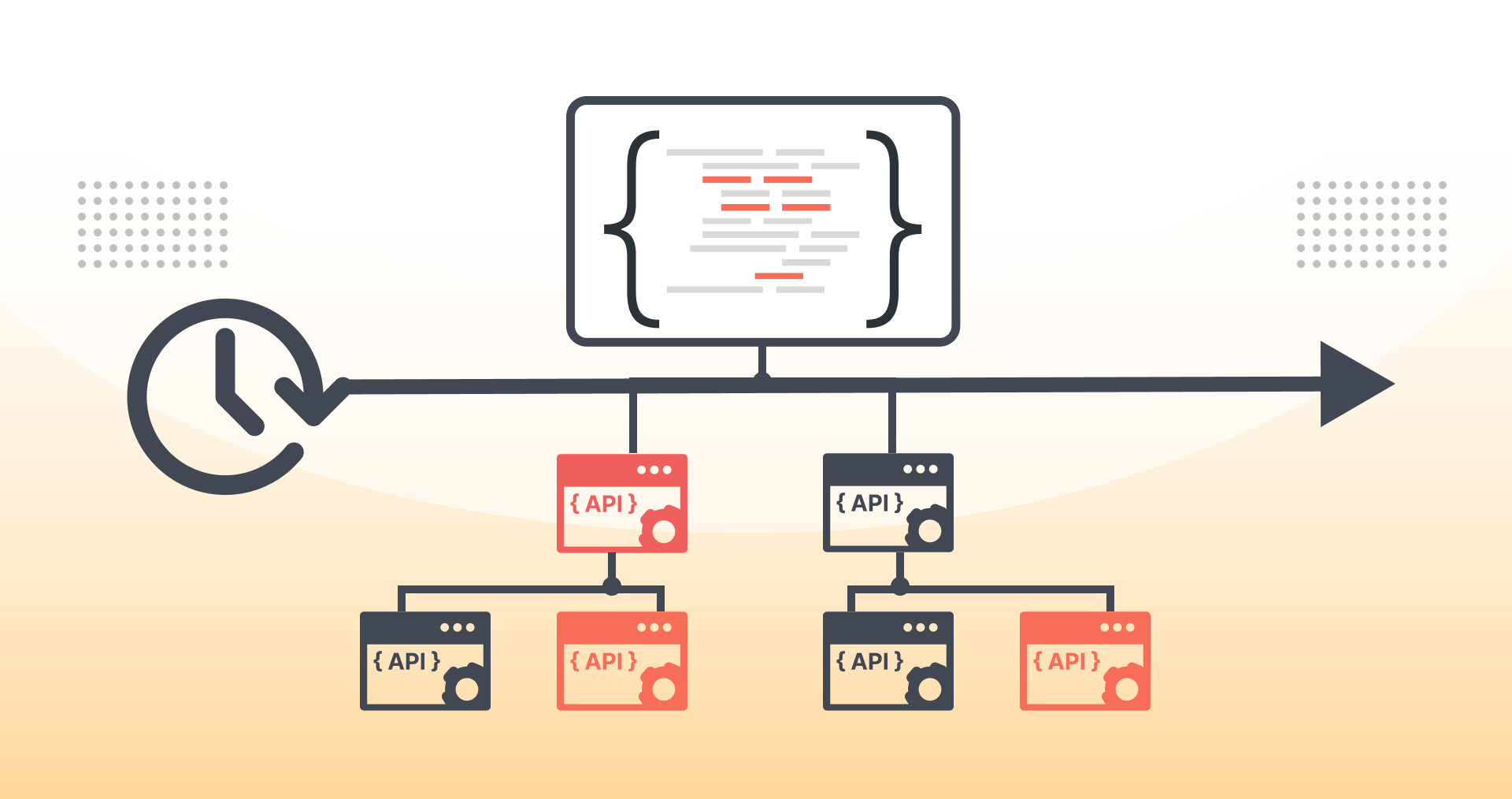


.jpg)
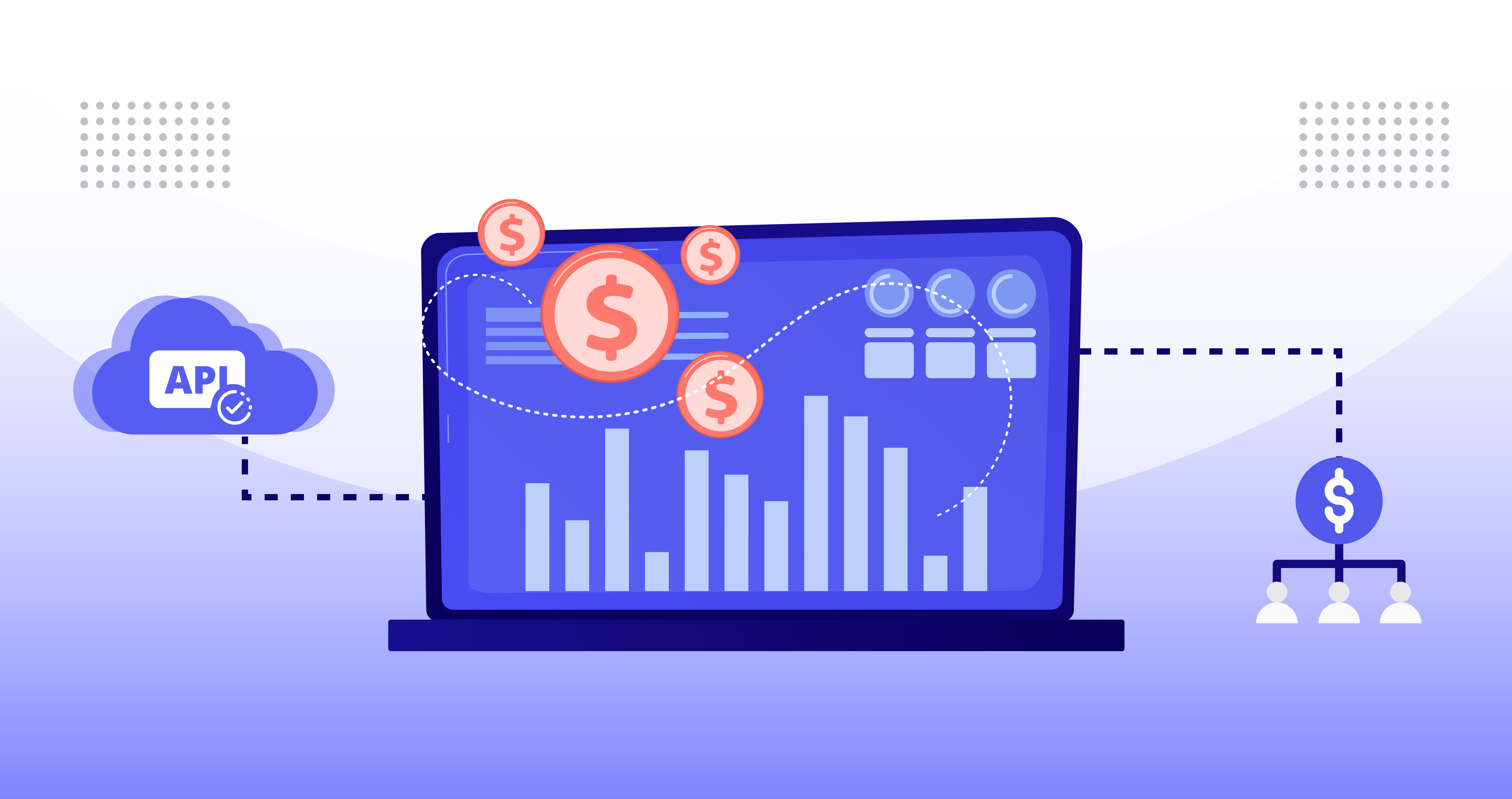
.png)
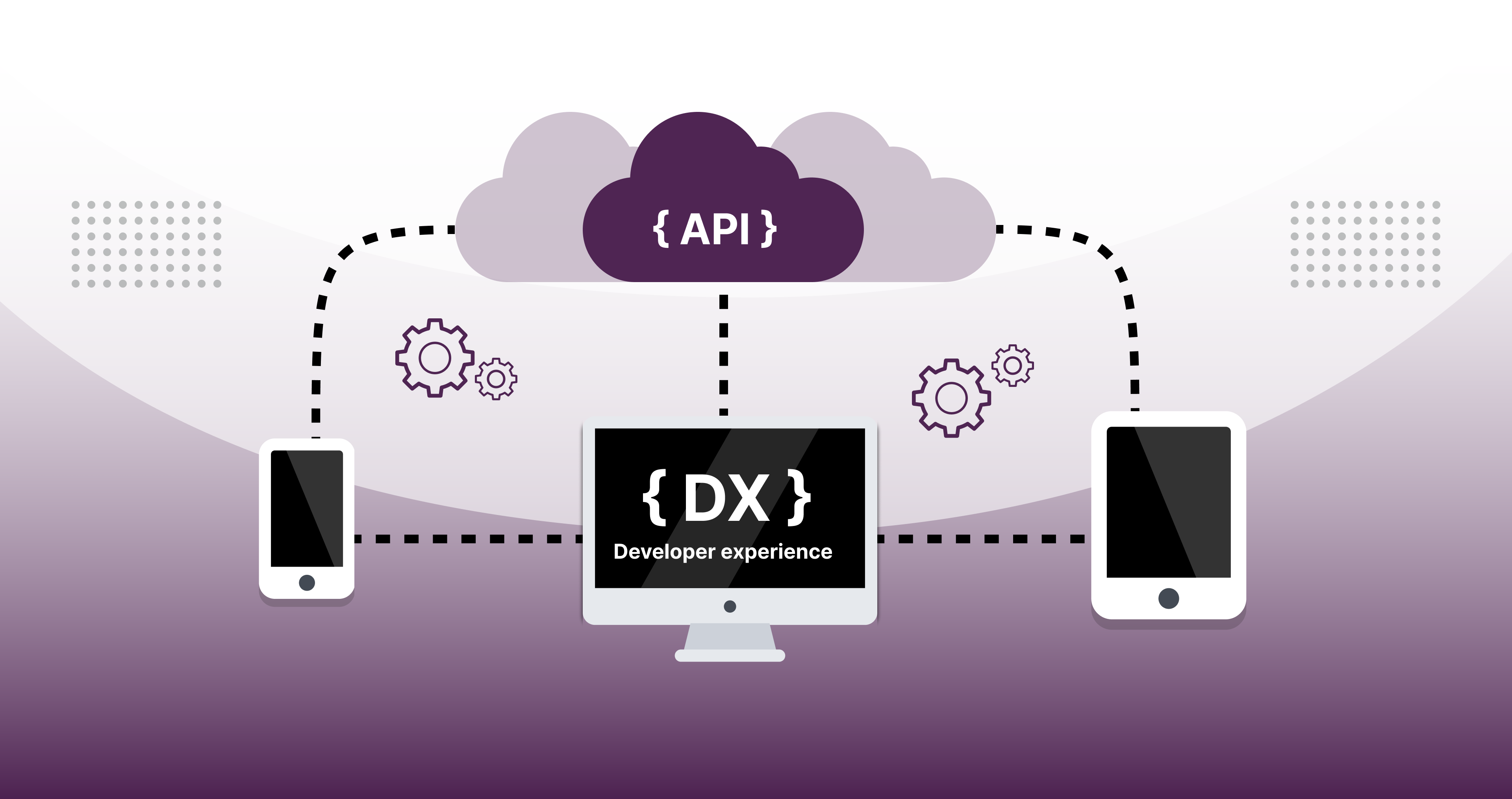

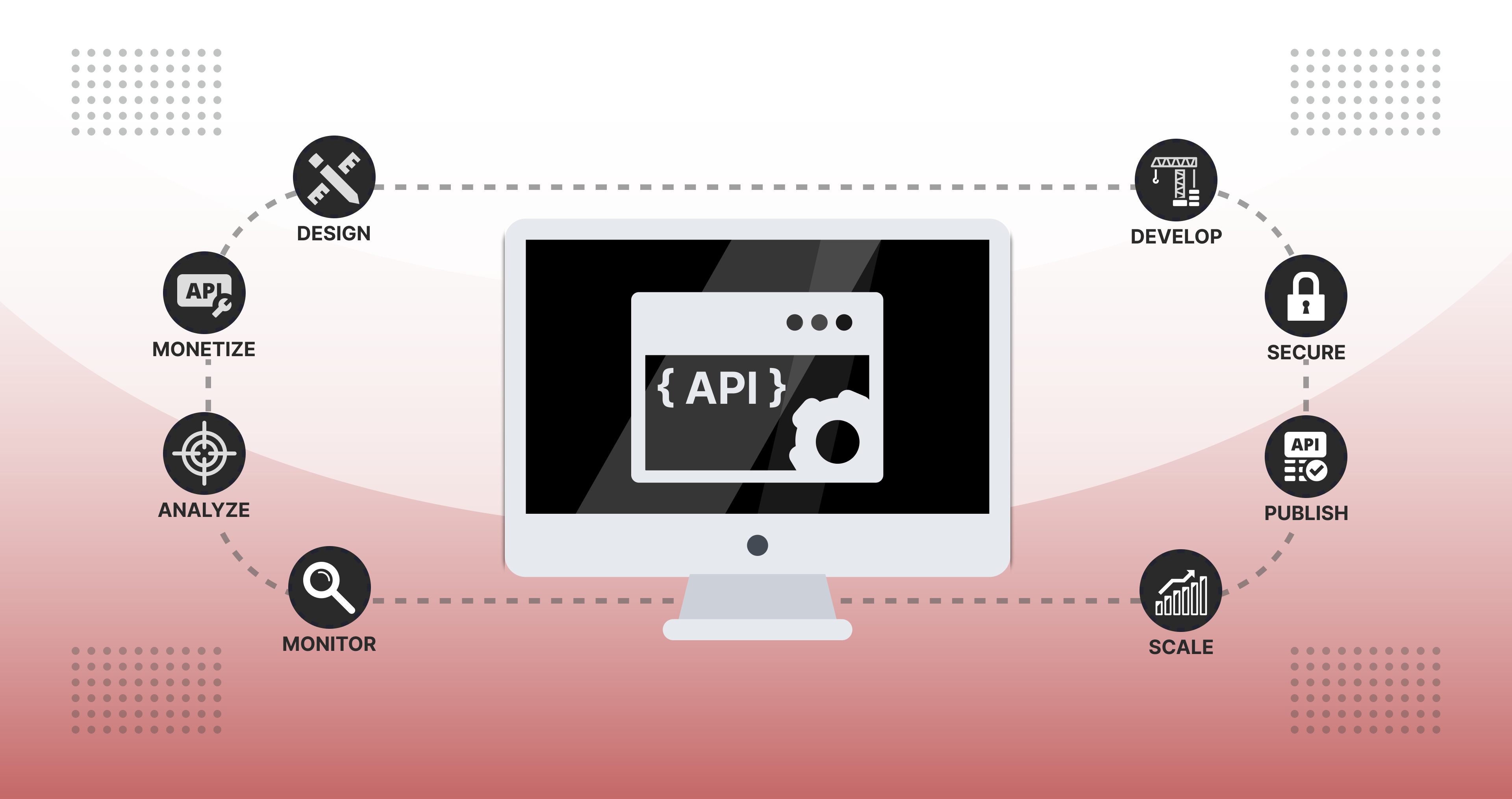
.jpg)
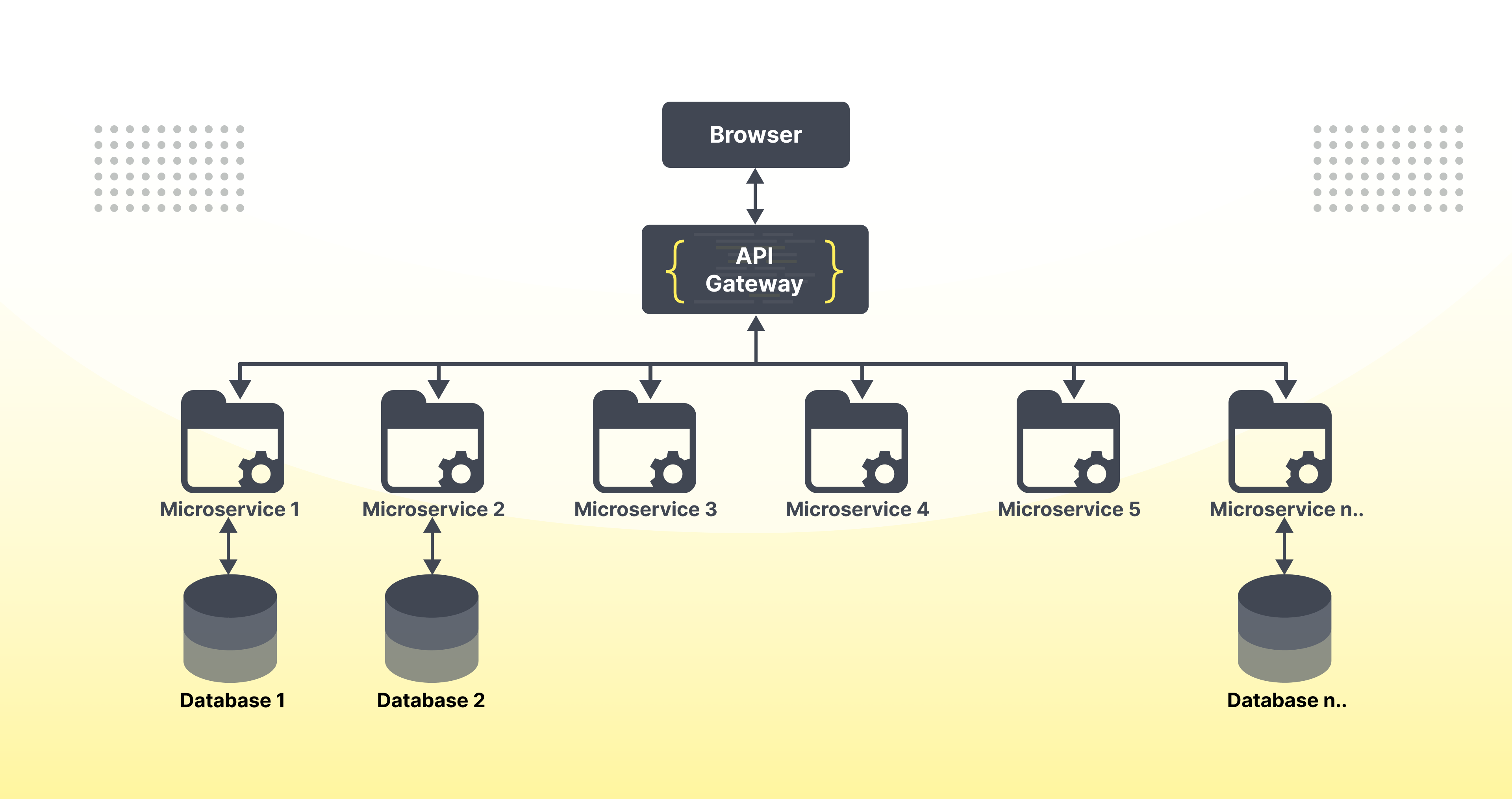





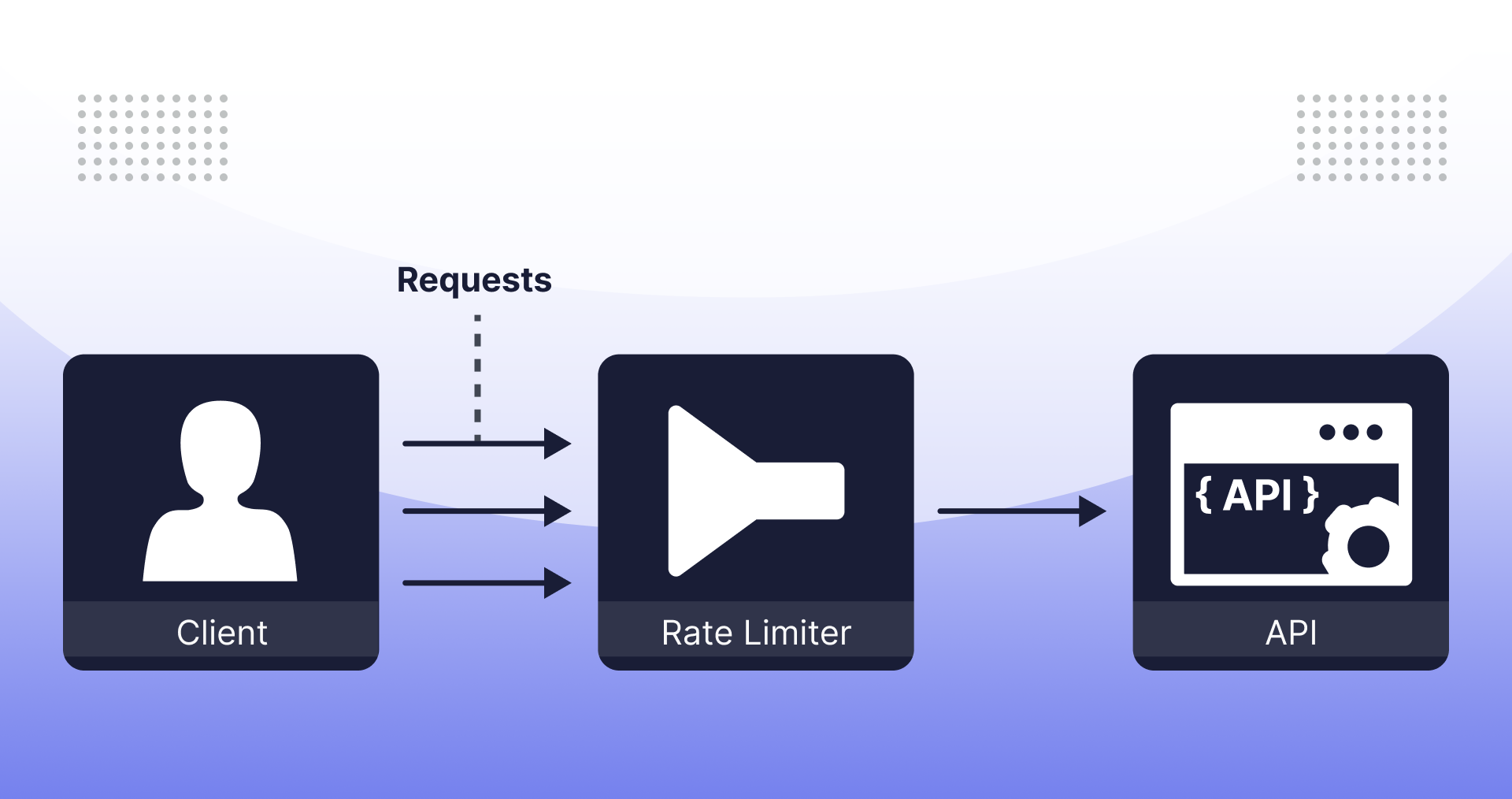



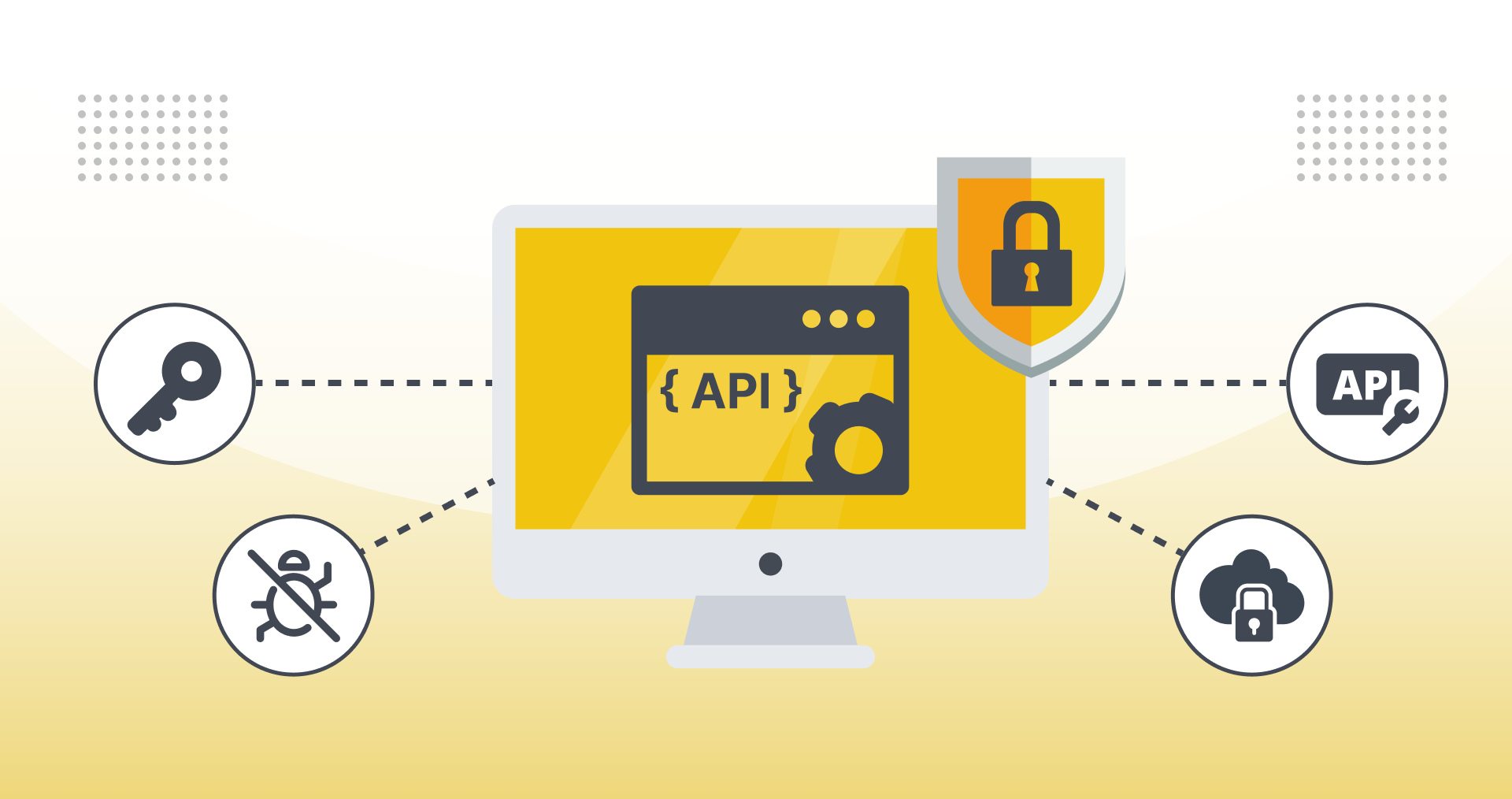

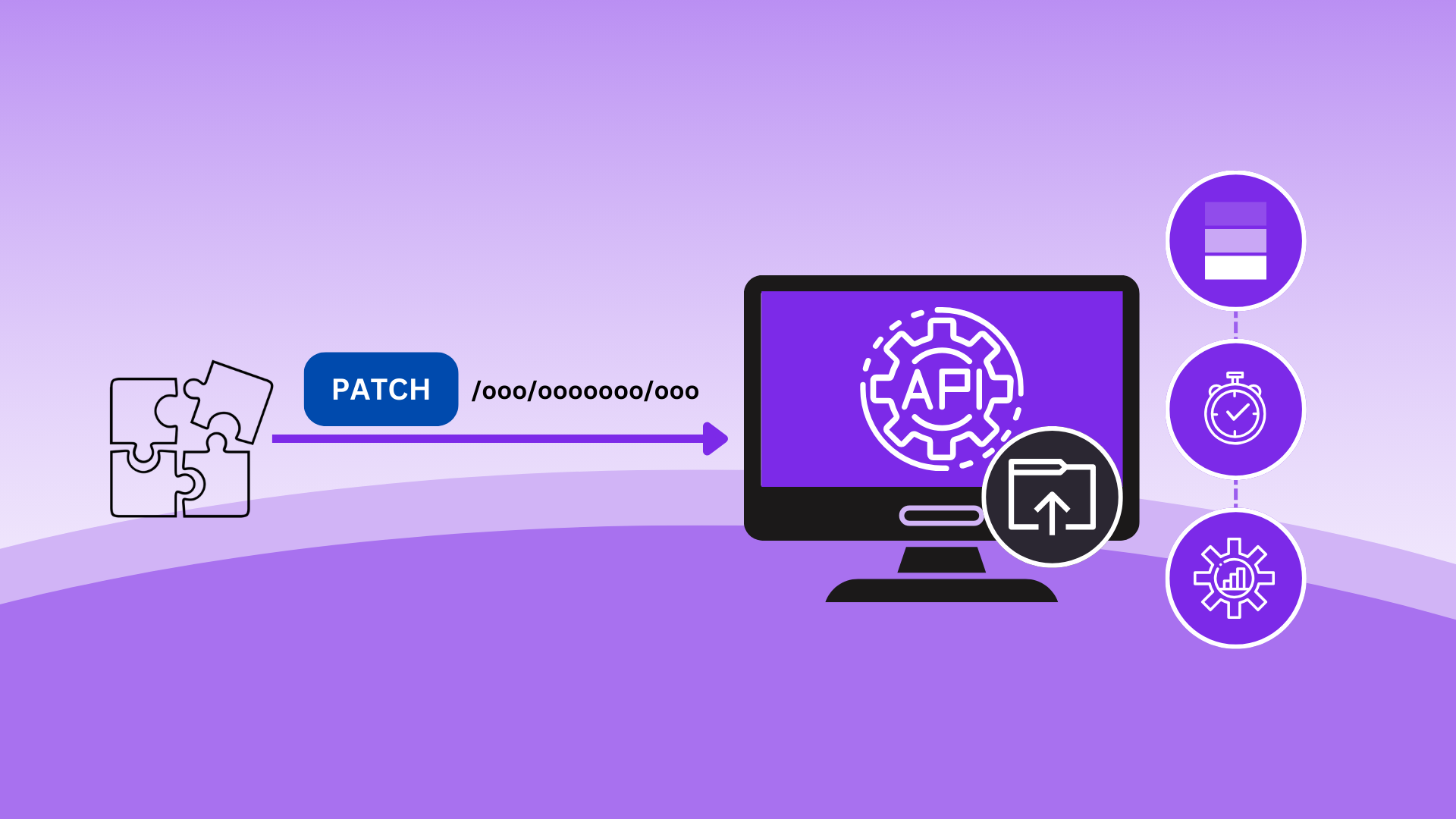
.jpeg)


